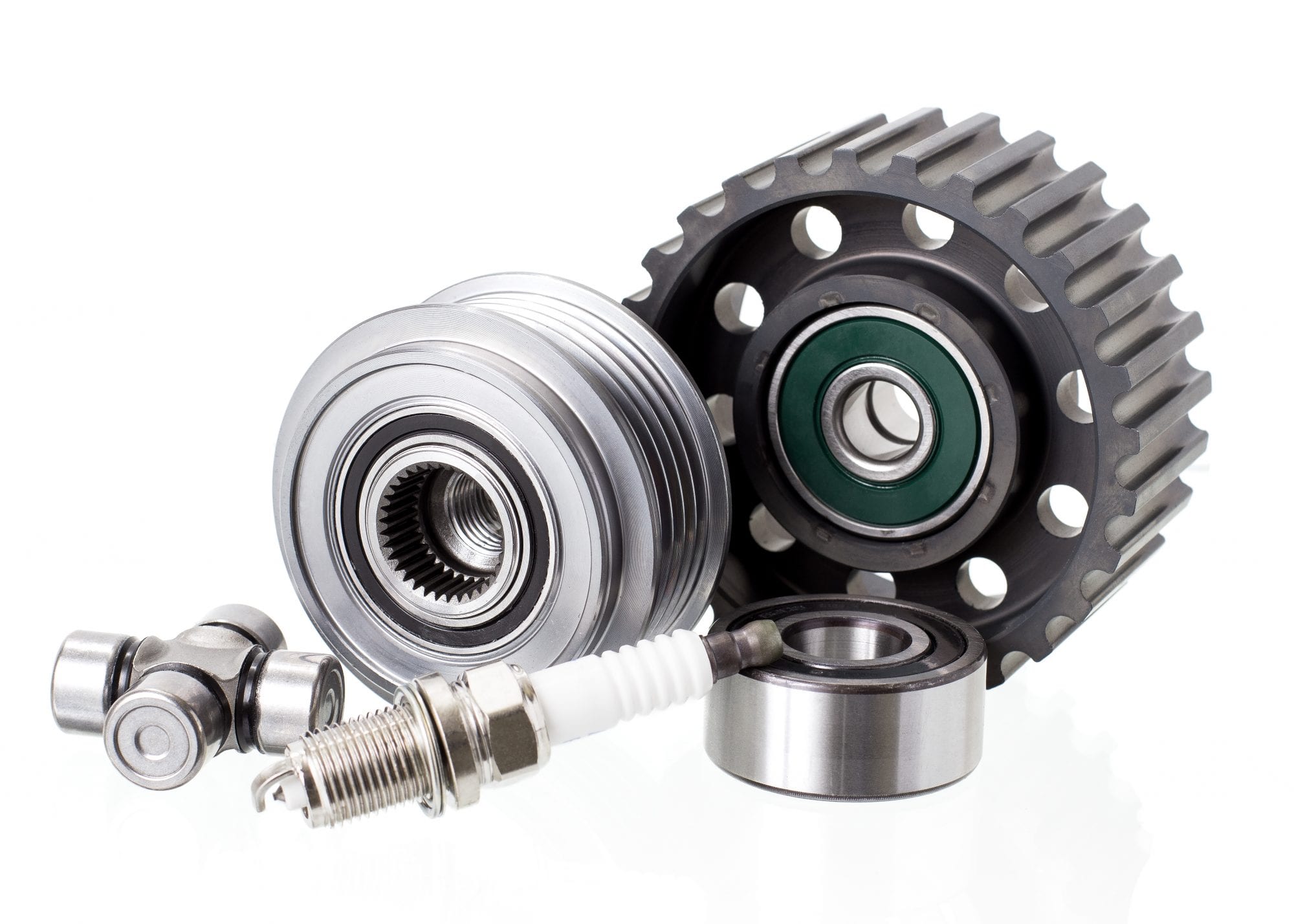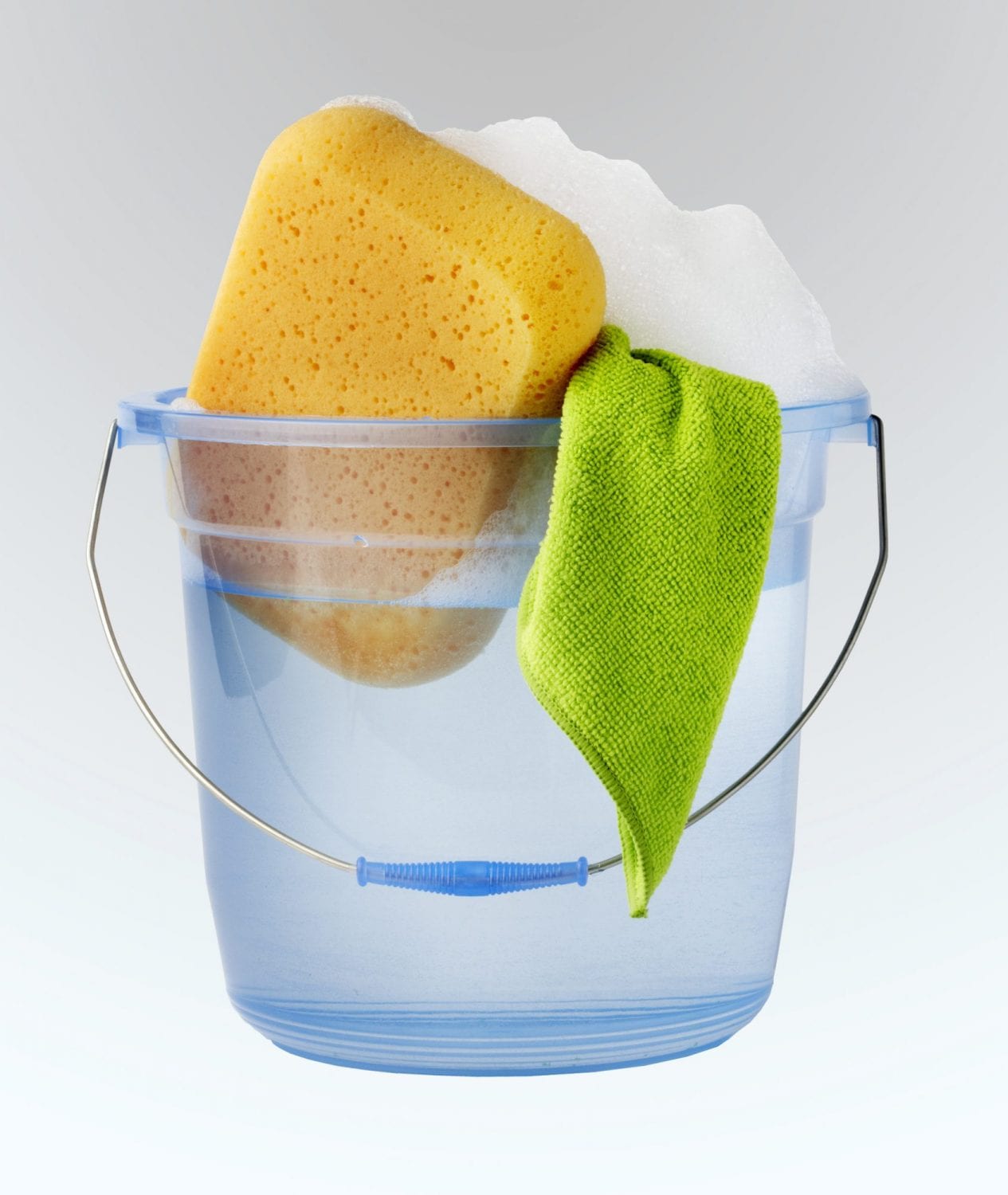Engine Maintenance Tool Kit Essentials
In this episode, John Gamlin from our exclusive service department VesselTec introduces engine maintenance by showing us what tools, spares, and cleaning equipment he recommends all owners should have on board at all times.
John is a rigger and yacht master by trade. He’s got many thousands of sailing miles under his belt up to 80,000, it is safe to say he has been around boats and should know a thing or two about the essentials to have onboard.

What’s in John’s Tool Kits?
- SOFT NOSED HAMMER – So you don’t damage anything
- SCREWDRIVERS- Including small spade and phillips head to get into tight places
- SOCKET WRENCH
- SPANNERS – Ring spanners with a ratchet system is best
- SHIFTER – Good last case resort as it will ruin a nut
- VICE GRIPS – Another last case resort as it will also ruin a nut (better for large nuts)
- WIRE BRUSHES – Clean off corrosion particularly around electrical and battery systems
- LUBRICANT – To act as a protectant to future corrosion
- HACKSAW – To cut away at small items such as metal, timber, fiber glass
TIPS – Ensure you have the correct sized tools before undertaking long voyages. Also, get good quality tools as they will be in the marine environment.
What’s in John’s Spare Kit?
- ALTERNATOR BELT – If it frays or gets damaged (otherwise cannot charge batteries)
- IMPELLER – Vanes become brittle over time and snap off
- HOSE CLAMPS – Incase one bursts off
- HOSE JOINERS – Incase you have to cut off a damaged section
- CABLE TIES – These keep everything neat and out of the way, you may need to cut these off and retie them.
- GAFFER TAPE
- RUBBER WELD TAPE – Great as it adheres to itself with no adhesive.
- ELECTRICAL TAPE
- SANDPAPER – For corrosion or if you need to make a surface smooth.


What’s in Johns Bucket?
- SPONGE – Soak up water
- SHAMMY – Make sure the area is completely dry
- RAGS – Clean up anything such as oils.
TIPS – It is very important to keep the engine clean and clear of any water or oil so you are aware of any leaks or issues as they come up.
LATEST FROM THE INSPIRE AND LEARN SERIES
How to Trim Downwind – Basic Sailing Techniques
In this episode, we will delve into the art of sail trimming when sailing downwind. Whether you’re a seasoned sailor or just beginning to explore the boating world, understanding the nuances of sail trim can significantly enhance your boat handling abilities. Join our expert team as we provide insights, tips, and techniques to help you optimise your downwind sailing experience.
How to Trim Upwind – Basic Sailing Techniques
In this blog, we will look at how to trim your sails when sailing upwind. Sailing upwind is classified as sailing at any angle lower than 90 degrees to the wind. Sailing directly into the wind is not possible; therefore, to sail in the direction of the wind, you must continuously tack in a zig zagging motion.
How to Prevent Chafing
In this episode, Joe teaches us how to prevent chafing and what the critical chafing points are on a cruising catamaran.



